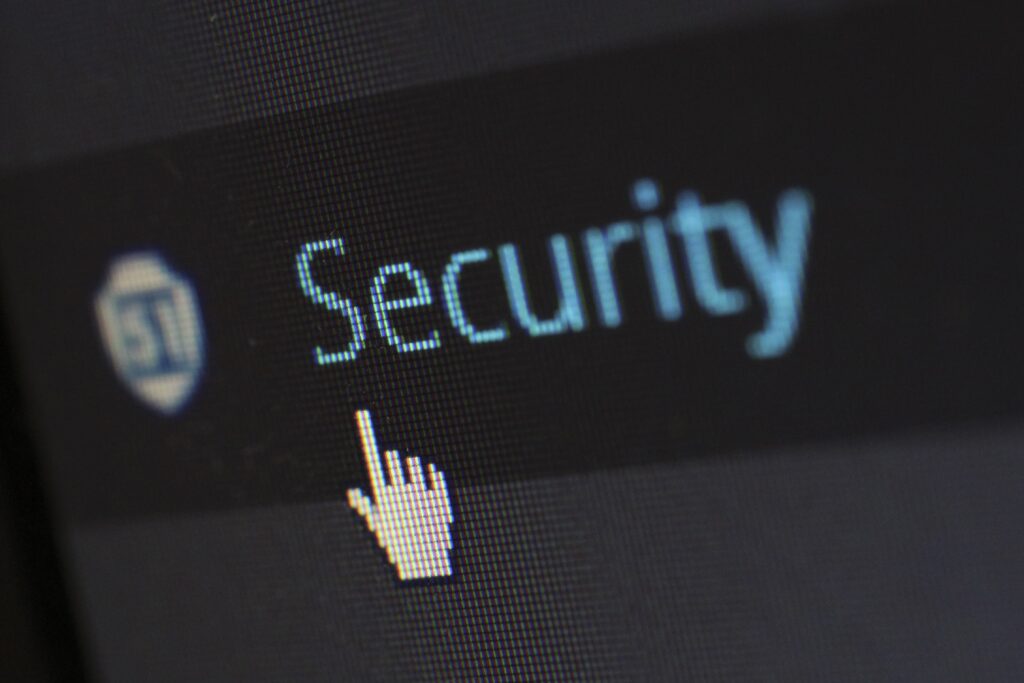
Work from home security check up
Category : Business | Cybersecurity | Posted : Sep 22, 2020
Just six months ago, the potential impacts of COVID-19 were just becoming clear to everyone. Retail sales in Canada had dropped by 10% (which is substantial) and dipped to a five-year low by April. The Canada-U.S. border closed for the first time since confederation back in 1867 and it remains closed. As the reality of the pandemic set in, many business leaders realized there would be much in the way of work to do and gaps to close with their technology, if they were to weather this storm and stay productive. Businesses replaced servers, migrated to Microsoft Teams, OneDrive, implemented new remote access systems, and trained their staff on these new tools. In many cases, projects that would have otherwise taken weeks or months were completed in just days as employees were sent to work from home to help slow the spread of the coronavirus. Most businesses were able to get these new systems in place and employees have used the months since to settle into the new reality of a distributed or hybrid workforce. But let’s backtrack a bit to ensure that we didn’t overlook any important considerations in the rush to work from home. Firstly, review your data and identity security. Here are some questions to guide your assessment: Secondly, consider your employee training. Have your staff received training on Microsoft Teams, OneDrive, or other new platforms introduced during the work-from-home staff migration? Even if they have done some ad hoc training, take the time to refine how you are using remote tools, like Teams. Perhaps not all the staff are rowing in a coordinated fashion. Examples include inconsistencies in how Teams’ channels are used, how the staff use tags to alert other staff members, or how files should be organized in Teams and OneDrive. Now is a great time to review usage habits to ensure it is still well organized and efficient and will be for years to come. This is also a great time for proactive security awareness training to keep staff members up to date on the latest phishing and COVID-19 related threats targeting remote workers. Thirdly, spend some time reviewing your IT roadmap. Has your 2-3-year IT roadmap evolved to reflect changes made during the work from home migration? Maybe Teams or SharePoint were not part of the plan but have become central to your operations. Does your long-term plan have a cohesive goal for all parts of your IT to ensure you are building an IT ecosystem that grows together? Taking some time to assess your IT roadmap, providing staff training and deploying strong data and identity security will help to ensure that your business is prepared for the coming months. This will give you the competitive edge you need to survive and thrive.
Review security, implement multifactor authentication and secure your cloud apps.
Custom GPTs: Revolutionizing Operations for SMB’s
In today’s fast-paced digital economy, small and medium-sized businesses (SMBs) are constantly seeking innovative solutions…
Learn To Utilize AI Safely And Effectively
Utilizing artificial intelligence (AI) can significantly boost your team’s efficiency, creativity, and output. However, adopting…


